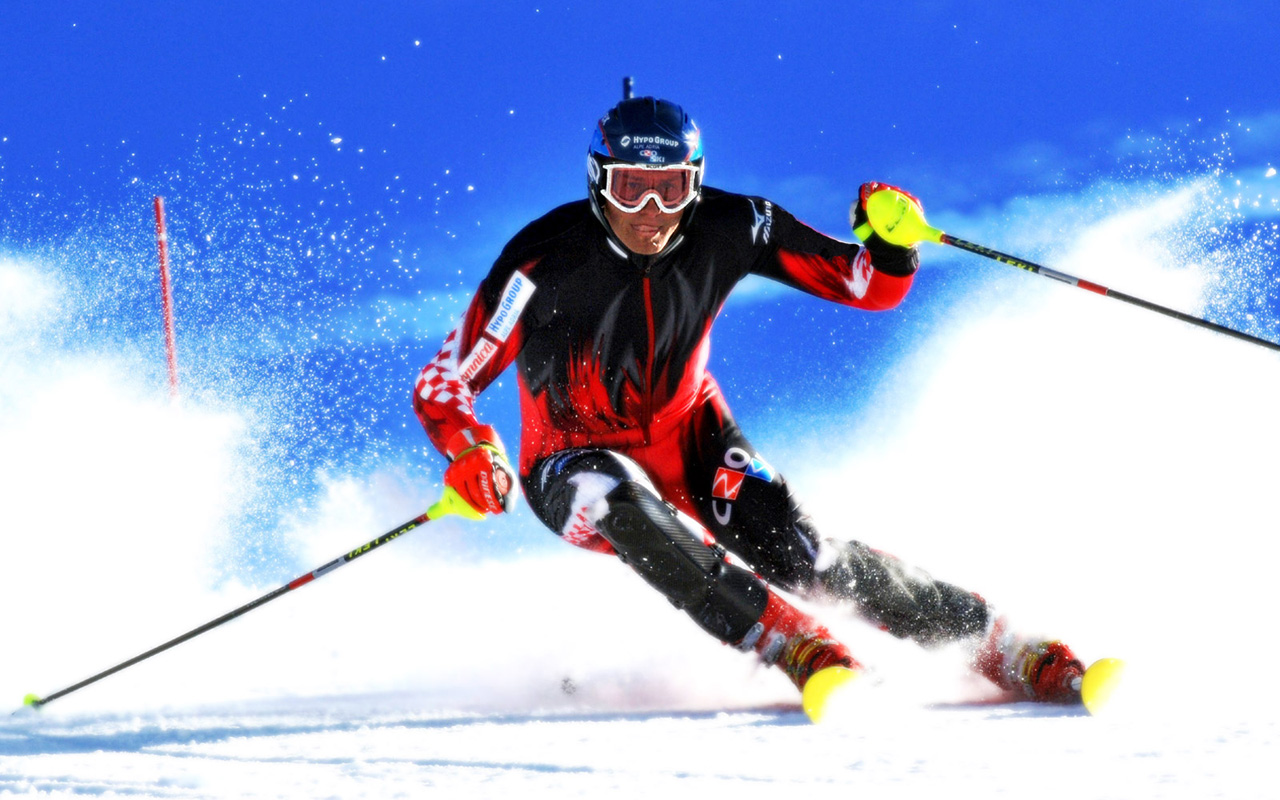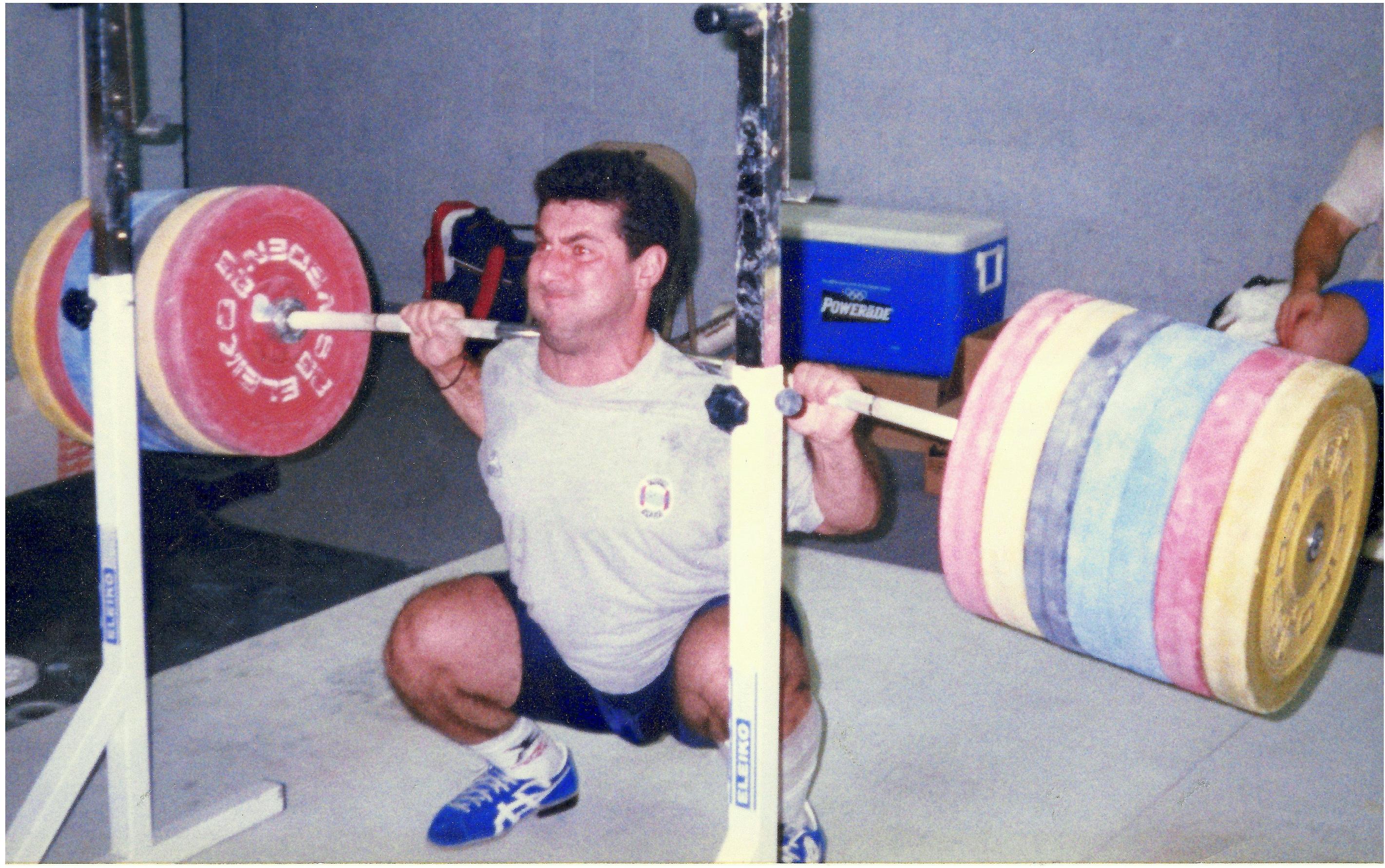From gym work to “real life.”
Athletic endeavors and typical daily movements are rarely symmetrical. We’re often stepping from one foot to the other in any of several directions, swiveling and/or bending our bodies, reaching, moving with a load on one side of our body–all potentially at the same time. If we think of the SAID Principle (discussed very thoroughly here by Todd Hargrove of Better Movement) then it stands to reason that some of our training ought to resemble our chosen athletic or leisure activity, both in movement pattern and energy system usage.
 A lot of conventional exercises–squats and
A lot of conventional exercises–squats and
deadlifts for instance–keep the feet planted against the ground in a symmetrical stance. Fine, but how much should we expect those exercises to translate to something like skiing? Yes skiing uses two legs and it sort of looks like a squat but there’s a lot more going on during a ski turn than just moving the body down and up.
We could say something similar about basketball where there’s a lot of jumping,
 landing and movement into positions which look a good bit like a deadlift–but clearly doesn’t look like the standard deadlift.
landing and movement into positions which look a good bit like a deadlift–but clearly doesn’t look like the standard deadlift.
Here’s a very interesting video on how to take a squat and add some flavor to it:
These are the types of movements that more closely resemble many sports and recreational activities. These can be used as part of a warm-up for a workout or they can be used as the workout itself.
Ground reaction forces
At some point we need to consider ground reaction forces. A foot or feet hitting the ground creates a whole different set of circumstances compared to planted feet. Enter the lunge.
A lunge creates a ground reaction force (GRF) as the foot hits the ground. A series of events should ideally take place in a certain sequence at the following joints: mid-tarsal joint, subtalar joint, talocrural joint, knee, hip and on up through the spine and even out to the shoulders and beyond!
(BTW, a lunge can be any distance or depth. If someone can’t lunge far and deep then it’s completely appropriate to simply take a step. I often ask my clients to go as far and/or deep as they can only so long as they can maintain control of the movement.)
There are a lot of variations on the lunge. We can step in any number of directions. Our world is a three-dimensional place so we can step forward or backwards, side to side, or in a circular or twisting type of motion.The purpose in doing this is to allow us to experience a wide range of joint angles and different ground impact scenarios. We can see if an athlete is able to move into his or her sport position. We might be able to expose a movement pattern that is unstable and which the athlete may want to improve for performance and safety.
Lunges for all occasions
Here are a collection of lunges done in an assortment of directions. Each type of lunge creates a different reaction throughout the limbs and joints.
Not pictured are lunges in which the trainee steps up or down off of a step. Any of these lunges can be done in this way. It’s a good way train for something like a hike (if for some reason a hike can’t be undertaken) or to simply add variety and new skills to the workout. Next you’ll see lunging in conjunction with reaching.


